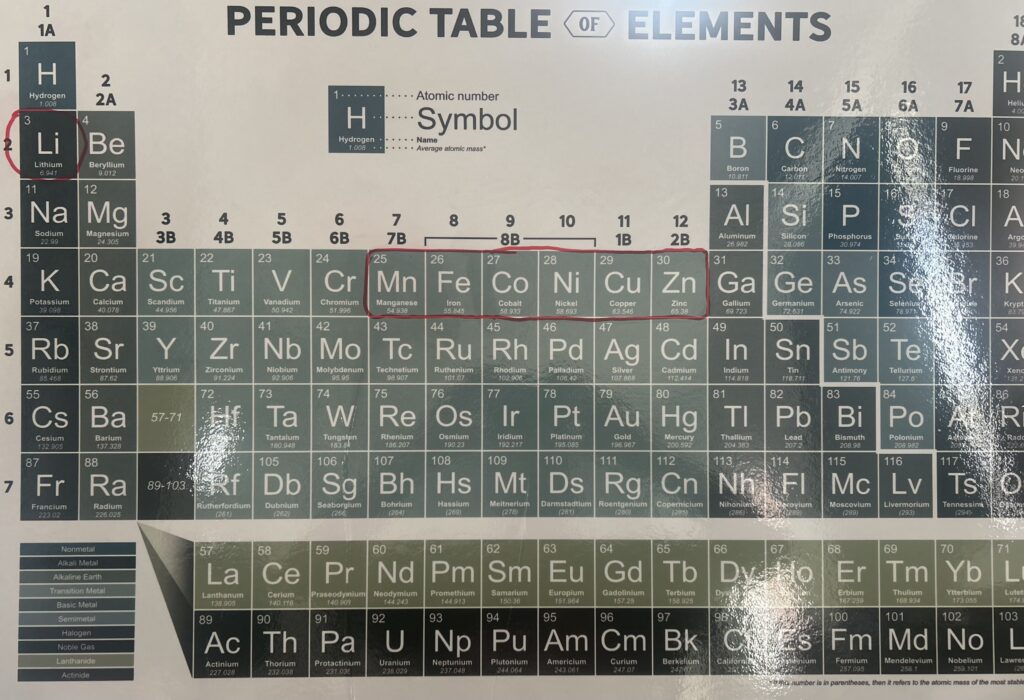
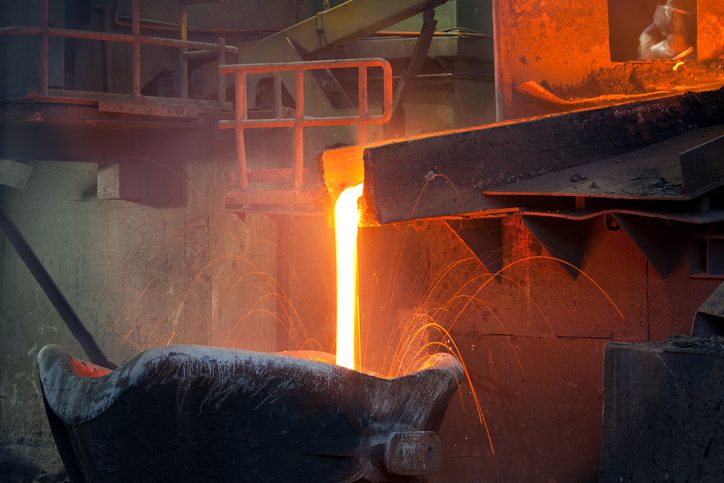
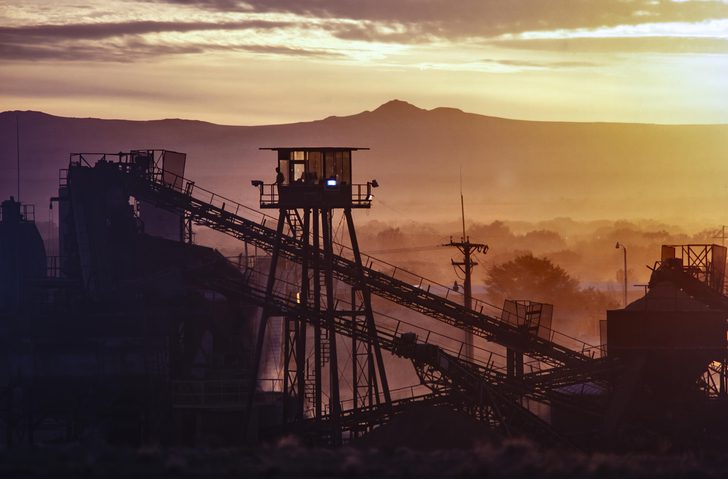
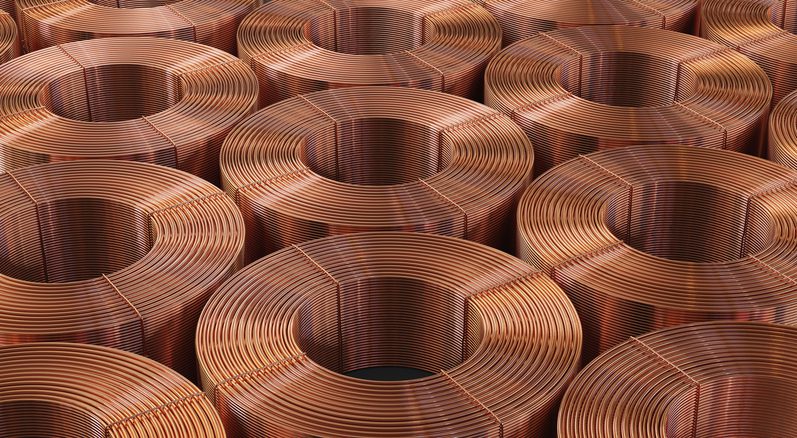
Domestic Infrastructure
The United States has the metals. We have the minerals. What we don’t have is the infrastructure.
Take Arizona—home to the largest copper deposits in the country. The mines exist. The ore is real. But a mine without processing capacity is just a hole in the ground. As I’ve posted before, there are a dozen active sites, yet only three operate as closed-loop systems with on-site refining. The rest? They haul concentrate by rail or truck to a century-old smelter—because we never built the foundation.
Resolution Copper (Arizona)
- Owned by Rio Tinto and BHP, Resolution is one of the largest undeveloped copper deposits in North America.
- The mine is advancing through federal permitting, but there’s no confirmed plan for on-site smelting or cathode production.
- In fact, the historic Magma smelter complex near Superior was demolished as part of reclamation efforts.
- So even if the mine opens, the ore will likely be shipped out for processing, continuing the pattern of extraction without integration.
Tamarack Mine (Minnesota) → Beulah, North Dakota
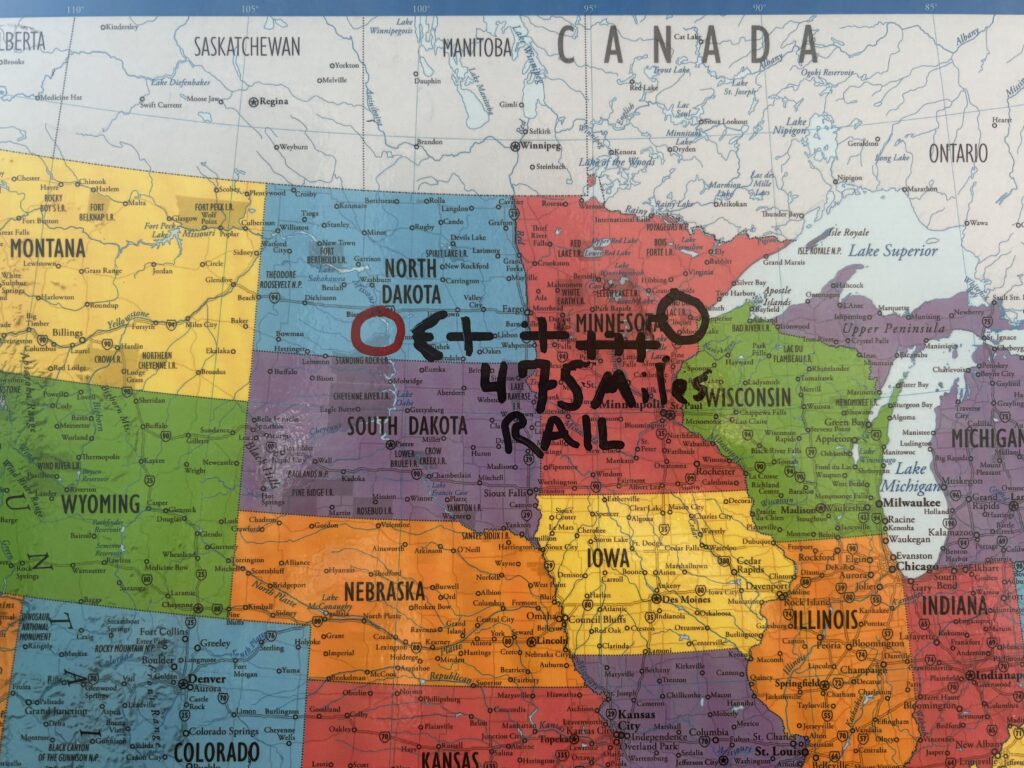
- Talon Metals plans to mine nickel, copper, and iron ore at Tamarack, but the processing will happen 475 miles away in Beulah, ND.
- The site is a repurposed coal mine, backed by a $114.8 million DOE grant, and will serve as a critical minerals hub for Tesla and potentially the DoD.
- Ore will be shipped by rail, not processed in Minnesota—partly to reduce permitting complexity, but also because Minnesota lacks the infrastructure.
But Even These Mines Aren’t Certain
Resolution Copper and Tamarack may represent the future of U.S. metals—but they’re still just proposals.
- Resolution Copper has faced nearly two decades of regulatory delays, tribal opposition, and environmental reviews. Despite Fast-41 priority status, the permitting process remains tangled in federal land exchanges and cultural site protections.
- Tamarack, meanwhile, is still navigating Minnesota’s environmental review process, with tribal consultation and water protection concerns front and center. The public comment period isn’t expected until early 2026, and shifting battery chemistries could undermine its nickel relevance.
These mines may hold the metal—but they don’t hold certainty. The back-and-forth could last years. And without infrastructure, even a green light doesn’t mean control.
Resolution and Tamarack show the same flaw: world-class deposits, but no closed-loop infrastructure. The U.S. builds the mine, but not the smelter. We extract—but we don’t refine.
